Media
ACSYA.ORG / Media
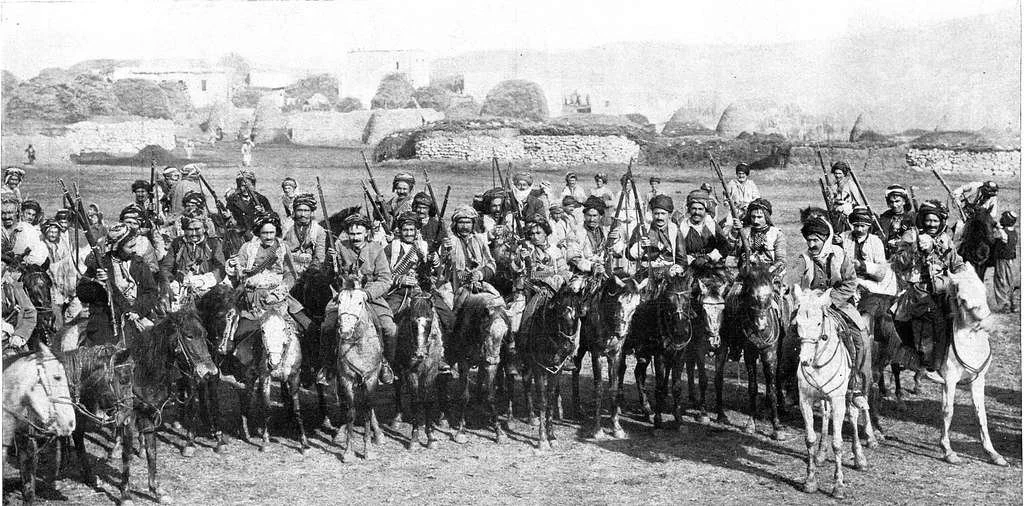
Uncovering the Assyrian Genocide: Tragedy and Resilience
7th August marks a day of remembrance for the Assyrian community. Known as ‘Martyrs Day,’ the Assyrian community commemorates Assyrian Christians who lost their lives during the Ottoman Empire’s persecution, resulting in the Assyrian genocide, and consequently the Semele Massacre. This commemoration was established by the Assyrian Universal Alliance in 1970 and continues to this day. (1) This article delves further into other atrocities that have hampered the Assyrian community throughout history. It must be noted that this article will only briefly outline the atrocities, and the factors associated to them.

Uncovering the web of Power and Divergence during the Neo-Assyrian Empire
Uncovering the web of Power and Divergence during the Neo-Assyrian Empire - The discovery of an inscribed stele at Tell ʿAbṭa, west of modern-day Mosul (anc. Nineveh), provides valuable insights into the actions of the palace herald (nāgir ekalli), and governor of Guzana (mod. Tell Halaf, Syria), Bēl-Ḫarrān-bēlu-uṣur (782-727 BC), during the reigns of Šalmaneser IV and later Tiglath-pileser III. The inscription (RIAO Shalmaneser IV 2) highlights Bēl-Ḫarrān-bēlu-uṣur's role in founding Dūr (Fort)-Bēl-Harrān-bēlu-uṣur, naming it after himself, and emphasizing the construction of both the city and its temple. This historical artefact contributes to our understanding of the dynamics within the Assyrian Empire during this period and the notable actions of regional officials in asserting their influence.
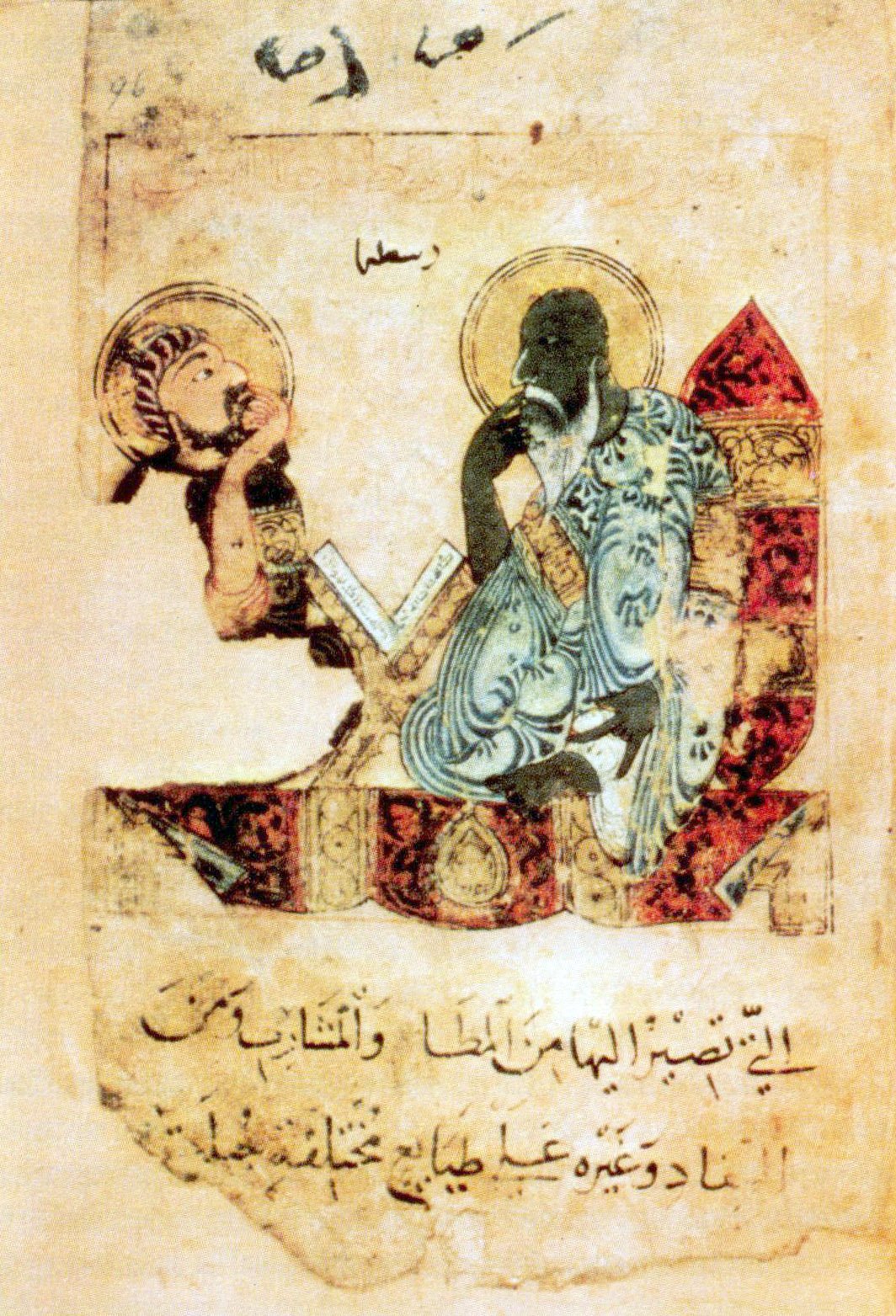
Beyond Empires: The Assyrian Influence During the Islamic Golden Age
Assyrians played a pivotal, yet often overlooked, role in shaping the cultural and scholarly landscape of the early and medieval Islamic world, especially during the times of the Abbasid Caliphate (8th to 13th centuries), particularly at the House of Wisdom (Bayt al-Ḥikmah) in Baghdad. As the Islamic world flourished with scientific advancements, philosophical inquiry, and artistic expression, Assyrians, with their unique heritage, infused the era with a distinctive vibrancy.
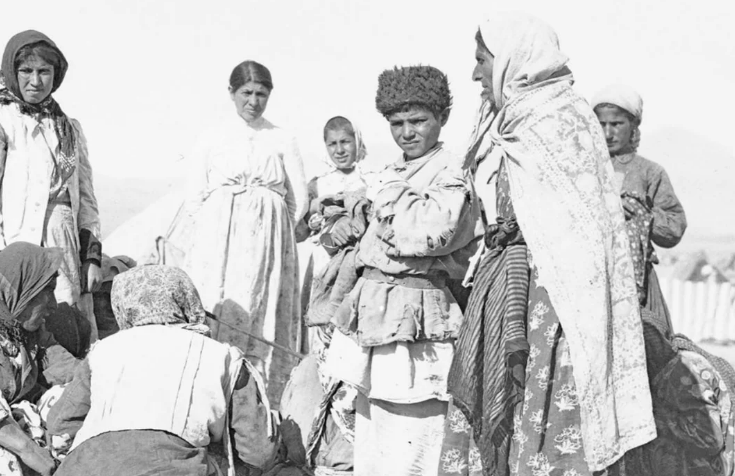
Healing the Wounds of the Past: A Personal Journey Through the Intergenerational Trauma
In the tapestry of human history, the threads of pain and resilience are tightly woven, often passed down through generations like an unspoken legacy. My own story, rooted in the harrowing experiences of my paternal great-grandfather, Shimon Sada - a survivor of the Semele massacre in 1933 - serves as a testament to the enduring impact of intergenerational trauma within the Assyrian community.

Uncovering the Secrets of Harran and its Assyrian Connection
The discovery of a stele (H1A) at Eski Harran in 1906, situated approximately 6kms north of the ancient city of Harrânu, forming what we now know as The Harran Inscriptions of Nabonidus, yields the earliest possible archaeological evidence to Assyrian continuity post-empire.

Rāwēḥ: The fading echo of a lost generation
Endangered by the march of time, Rāwēḥ has become a test of hope and resilience. This once powerful tradition, that connected history, land and people between generations, is becoming a distant memory today.
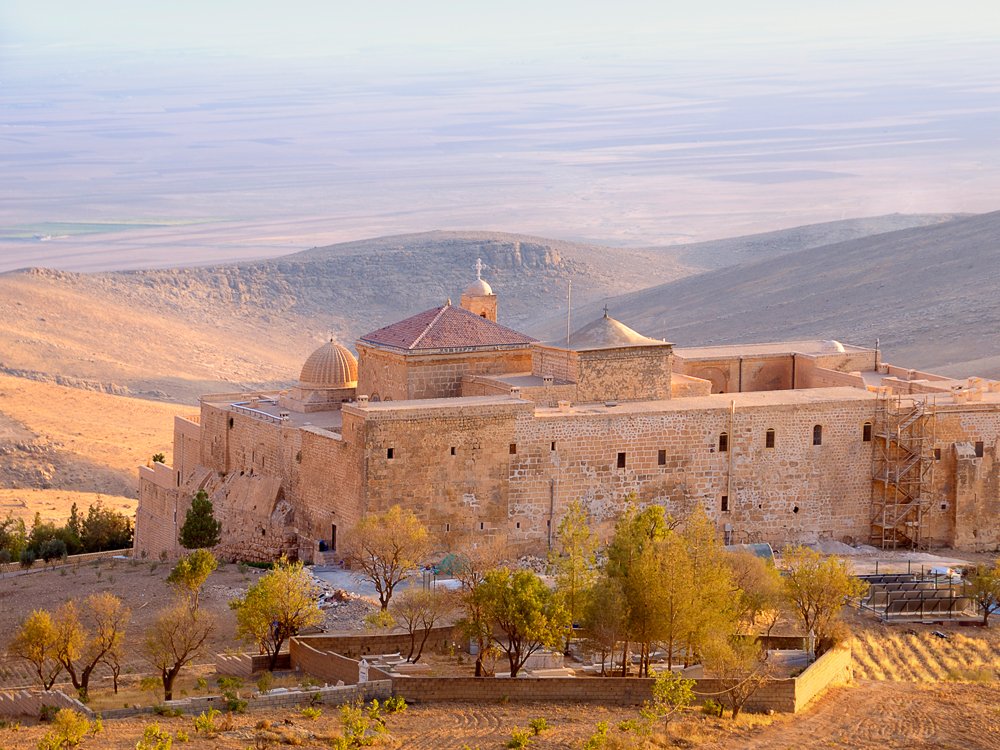
Tur Abdin’s History is as Rich as it's Landscape
The region of Ṭūr ʿAbdīn, along with its Ṭūrā d-Īzlā “mountain of Īzlā” in the northern reaches of Mesopotamia, is situated in modern-day south-east Türkiye. During the Neo-Assyrian Empire, this region pertained to Kashiāri and mount Īzallā, respectively.
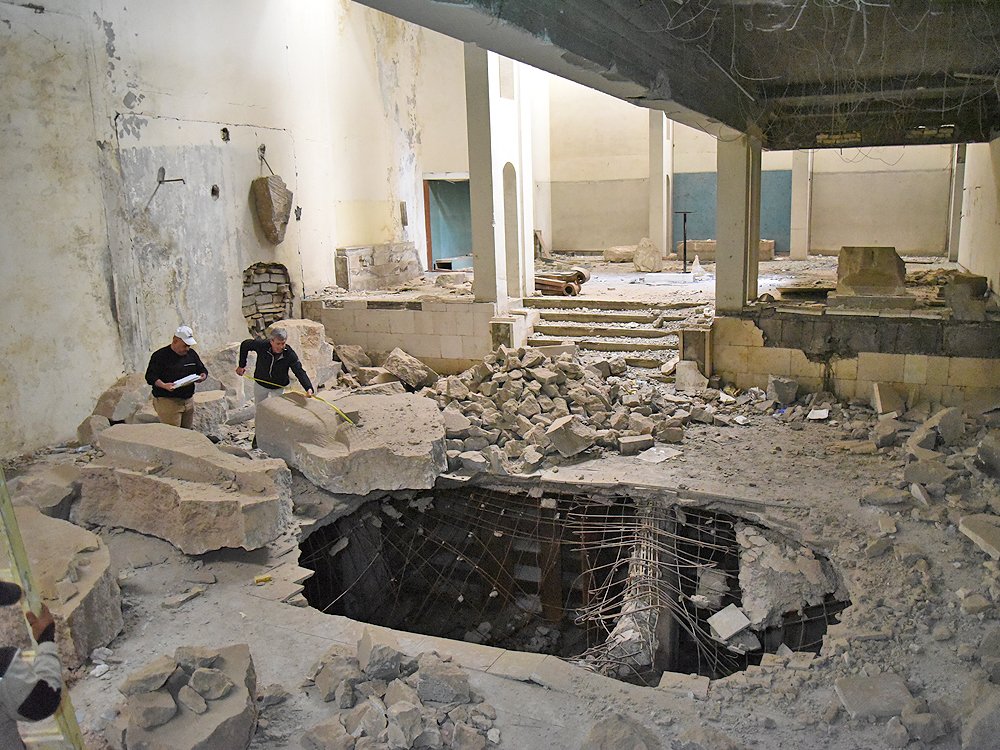
Mosul Cultural Museum Reopens, Signifying Hope for Assyrian Cultural Heritage and Triumph Over ISIS Destruction
The Mosul Cultural Museum, which suffered extensive damage during ISIS's occupation of the city, has announced the launch of its restoration project and unveiled a new exhibition called 'From Destruction to Rehabilitation'.
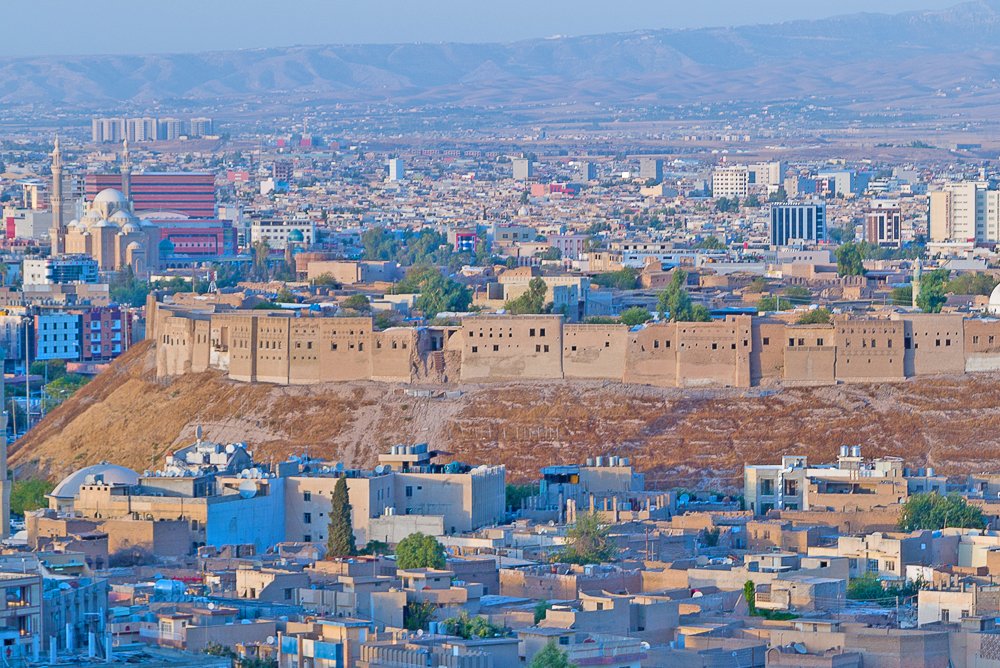
Reconnecting with Our Roots: The Vital Significance of Visiting the Homeland and Cultivating a Strong Cultural and Heritage Connection
In the vast tapestry of human history, the Assyrians have long stood as a remarkable civilization. With a rich cultural heritage spanning thousands of years, these ancient people have left an indelible mark on the world.
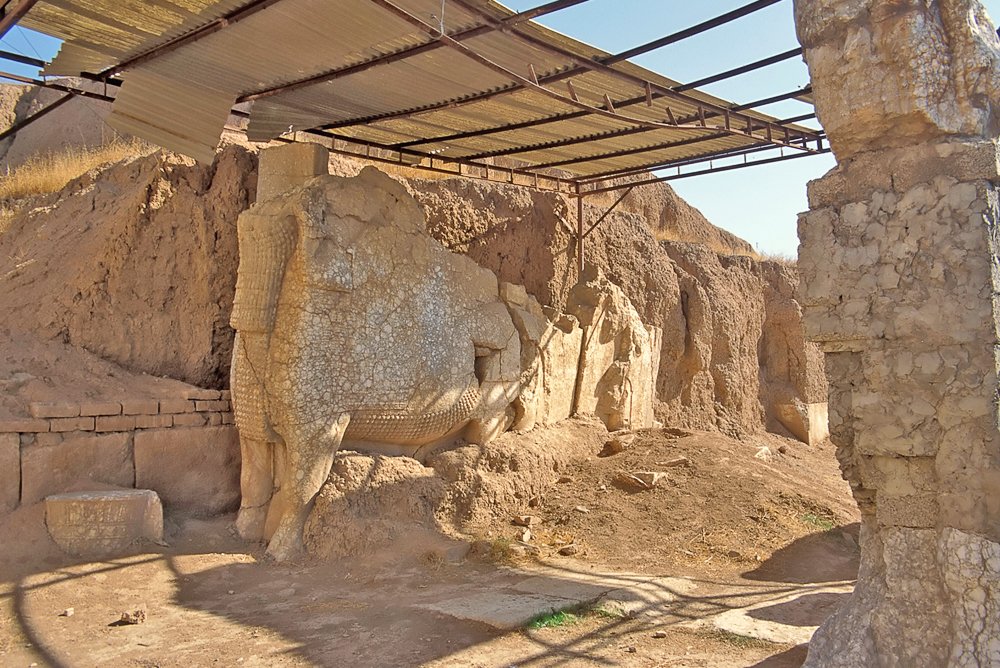
The War on Heritage and Memory
In June 2014, Islamic State captured Iraq’s second largest city— Mosul in modern-day Nineveh Governorate, Iraq. This moment in history heralded the beginning of the militant group’s early wave of conquest and destruction.
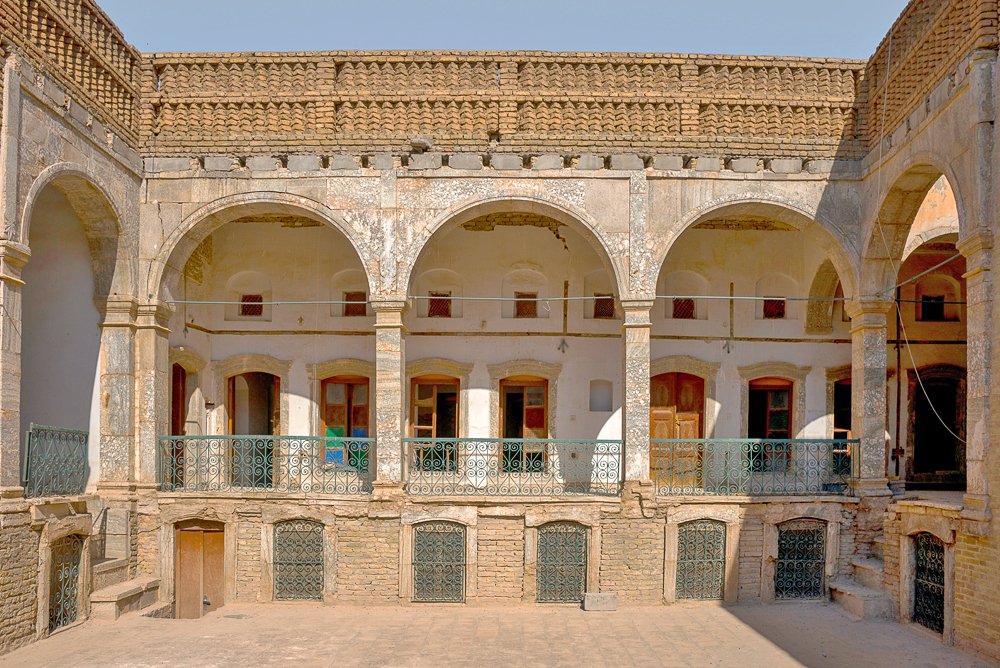
Safeguarding Assyrian Cultural Heritage: Connecting the Past and Present
Assyrian cultural heritage is a crucial aspect of world heritage, and it must be preserved for generations to come. The Assyrian people have a rich culture spanning thousands of years, but unfortunately, much of it has been lost due to war and societal changes. This article will discuss the importance of preserving Assyrian cultural heritage and provide strategies for preserving it.
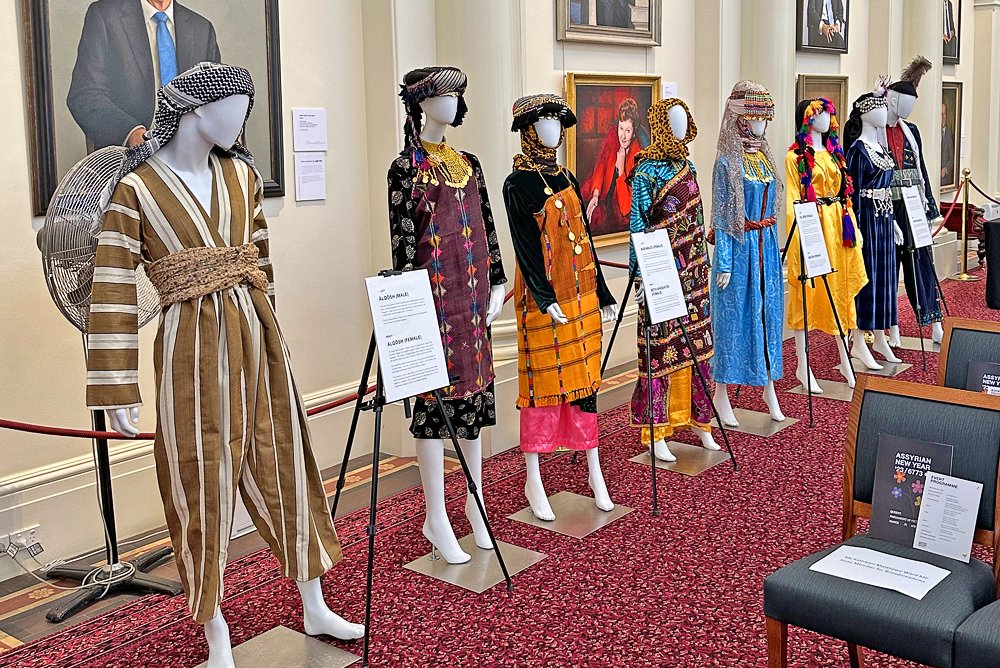
Assyrian New Year Observed at the Parliament of Victoria
MELBOURNE— In the presence of numerous dignitaries, the ACSYA Inc., the Australian Assyrian Arts and Literature Foundation, Beth-Nahrain Assyria Association, and the Assyrian Australian Social Development Club co-hosted an Assyrian New Year celebration at the Parliament of Victoria.
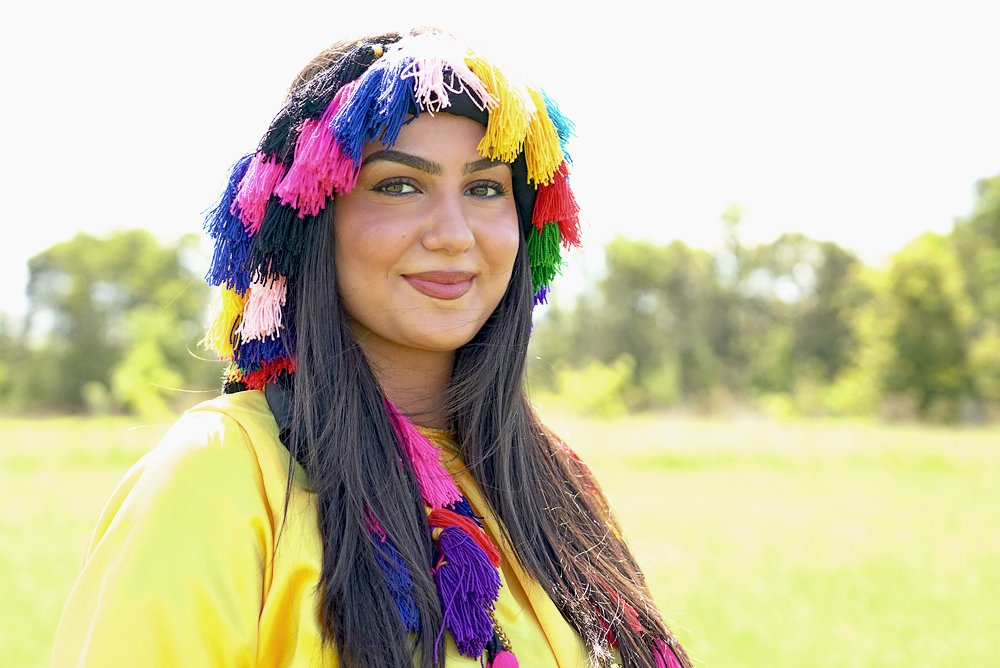
5 Facts about the Month of Nīsān Every Assyrian Should Know
Nīsān is the Syriac name for the first month of the Assyrian calendar, corresponding to the month of April and thus, marking the beginning of the year. The first day of the month is commonly known by the term Ḵa b-Nīsān “1 April” or Rēsh-Shētā— a combination of the words rēsh “head” and shētā “year”, literally meaning “head of the year” or “New Year”.

The Powerful Role of Music and Dance in the Safeguarding of Assyrian Culture and Tradition
Music is the culmination of culture, knowledge, tradition and wisdom, existing beyond borders and prevailing over the constraints of time. As mediums of storytelling and communication, Assyrians continue to utilise dance and song to capture and preserve significant people and profound moments throughout history.
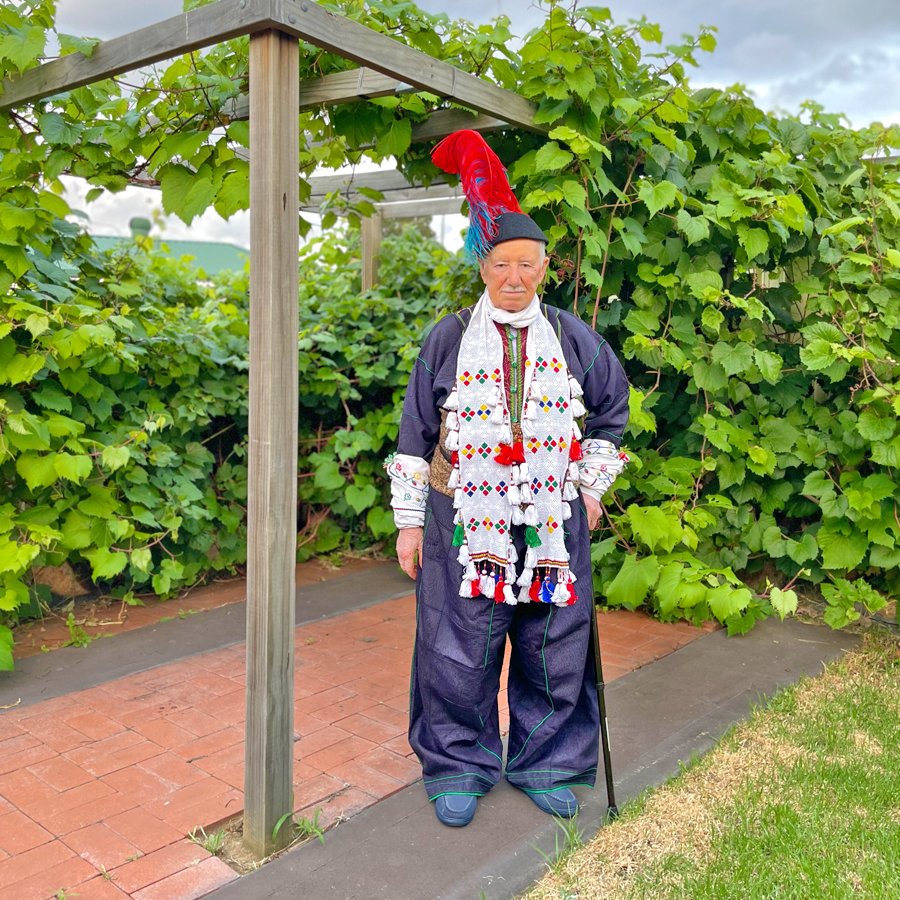
Meet the Assyrian Garment Maker who Dressed Aghas and Chiefs
Traditional folk garments play an important role among Indigenous Assyrian communities, both in their Traditional Homelands as well as the Assyrian Diaspora.
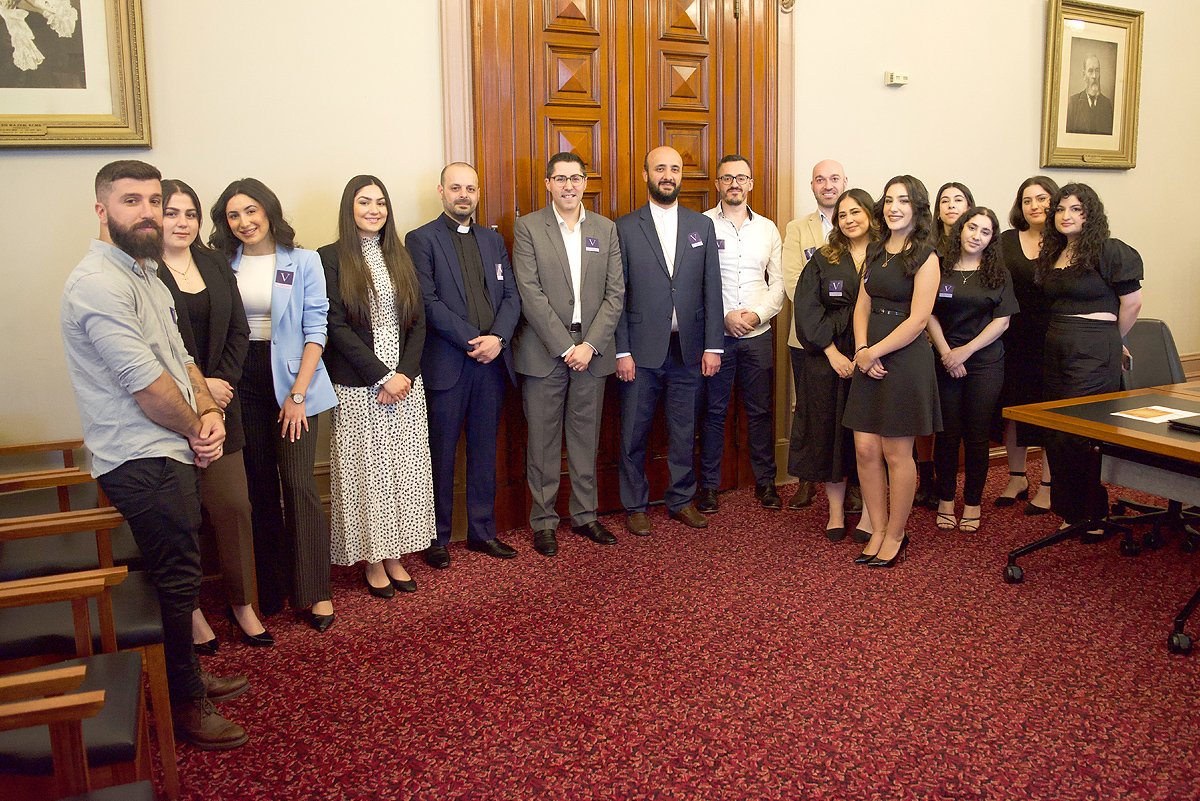
The ACSYA Inc. Inaugural Event at Parliament of Victoria
Melbourne, 18 November 2022— The ACSYA Inc. held an inaugural event as well as a signing ceremony at the Parliament of Victoria in the city of Melbourne. This historic event, hosted at the Legislative Council Committee Room, was to further expand the organisation's programmes and services to support and benefit Assyrian-Australian communities in the state of Victoria.

Garments of Assyria Exhibit at the Assyrian Music & Cultural Festival
On Sunday, 30 October 2022, the ACSYA Inc. held an exclusive exhibit titled Garments of Assyria at the Assyrian Music & Cultural Festival.
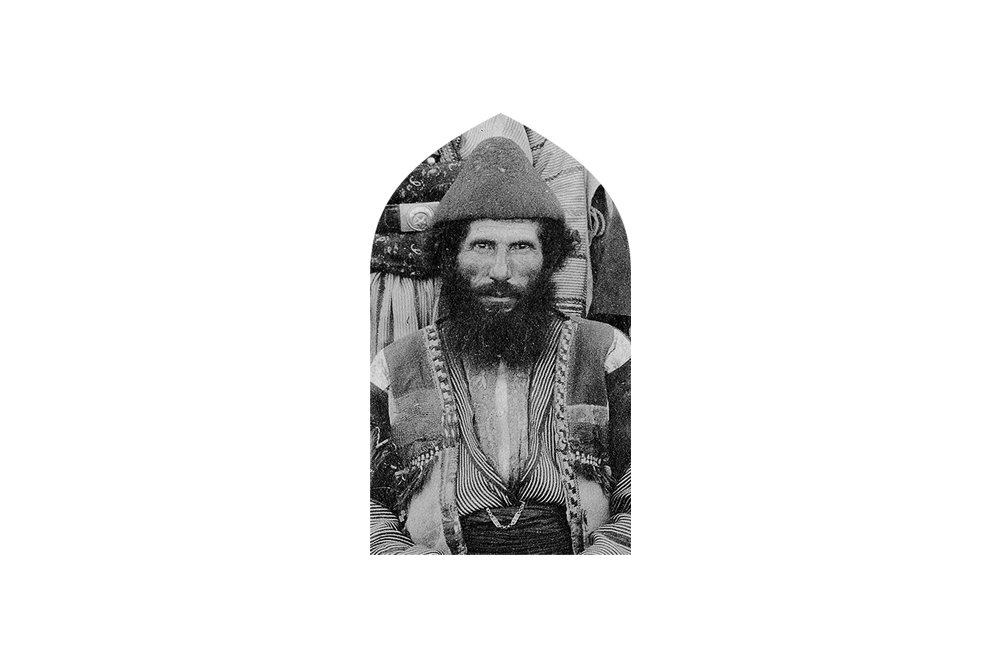
The ACSYA Inc. Holds an Assyrian Cultural Exhibit at the Parliament of New South Wales
On Wednesday, 19 October 2022, the ACSYA Inc. held an exclusive exhibit titled Assyria: A Woven History at the Parliament of New South Wales (NSW).

The ACSYA Inc. Meets with the United Nations Development Programme (UNDP) of Iraq
On Sunday, 2 October 2022, the ACSYA Inc. met virtually with Rebin Hamad Amin. Amin is a delegate at the United Nations Development Programme (UNDP) of Iraq and most recently led a successful rehabilitation project at the ancient Assyrian site of Khinnis, in the district of Duhok, northern Iraq.
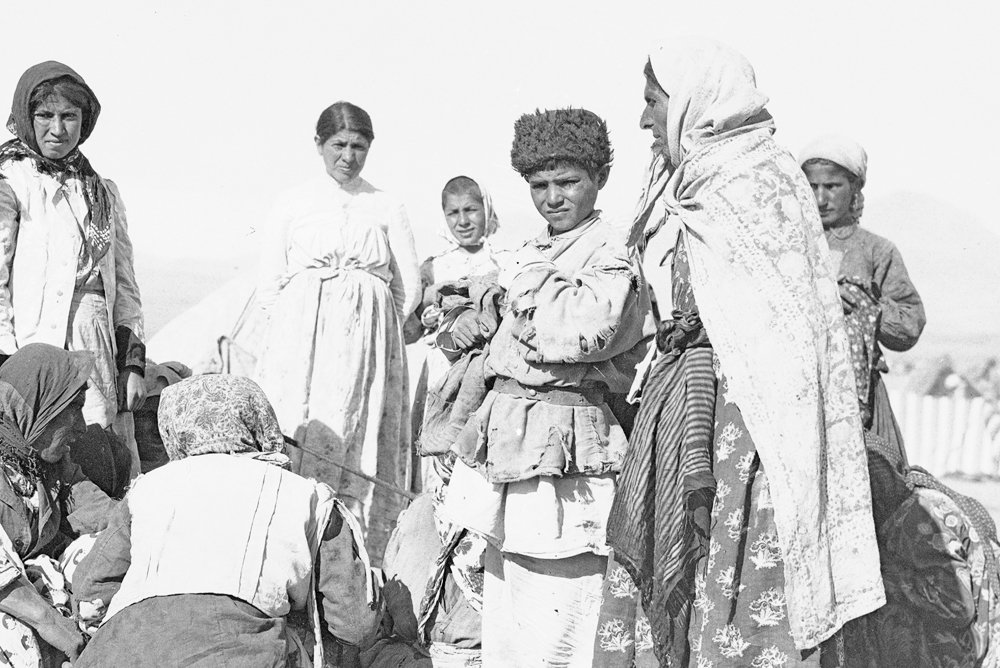
The Assyrians of Khābūr: A Tale of Survival and Resilience
The atrocities of 1915, committed by the then Ottoman Empire as well as their collaborators, the Kurdish chiefs of Bohtān and Hakkâri, forced many Indigenous Assyrians to flee their Traditional Homelands and seek refuge in a nascent Iraq.

